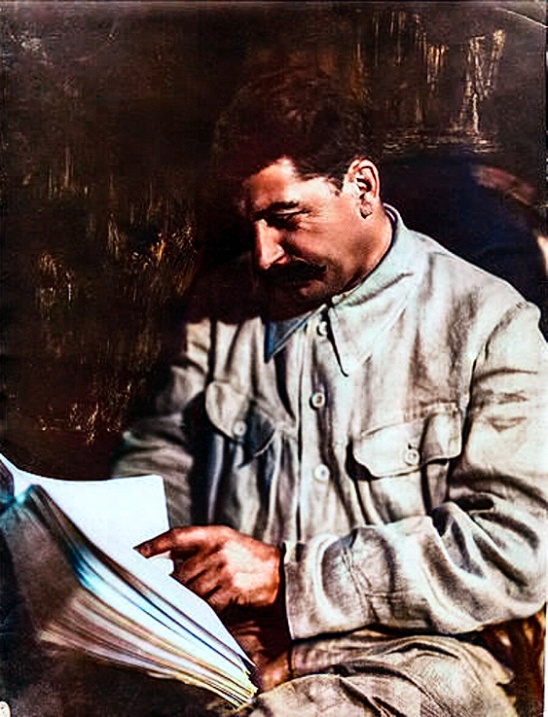NYT
Full text
President Trump threatened on Wednesday to impose a 100 percent tariff on foreign semiconductors, in an effort to bring supply chains for electronics back to the United States.
The tariff, which could be unveiled next week, would apply to all countries and companies, unless businesses made a commitment to invest and build in the United States. Mr. Trump pointed to Apple, which announced a $100 billion investment in U.S. manufacturers on Wednesday, as an example of a company that would be spared the levies.
“If you’re building, there will be no charge,” Mr. Trump said. He added that companies that did not fulfill investment promises would be held accountable with fines. “That’s a big statement, and I think the chip companies are all coming back home.”
Should Mr. Trump follow through on his promise, it would be a huge relief for tech companies that had been anxiously anticipating an announcement on semiconductor tariffs. Nvidia, Taiwan Semiconductor Manufacturing Company, Micron and other companies could benefit by avoiding huge fees on their businesses because in recent months they have pledged to invest in the United States.
The restrictions on the tariffs would also provide some relief to consumers and businesses, who would be less likely to pay higher prices on foreign electronics and tools. But they have already raised alarms among national security experts who say the exemptions reduce the likelihood that the United States will cut its reliance on high-end chips made in Taiwan, a self-governing island that faces the threat of a Chinese invasion.
Semiconductors are essential in any device with an on-off switch, but they are heavily produced in Asia. After a shortage of chips during the pandemic, U.S. officials have tried to reduce the country’s dependence on foreign semiconductors, and particularly factories in Taiwan.
In 2024, the Biden administration signed contracts to award tens of billions of dollars in subsidies to semiconductor companies to build new factories in the United States, including in New York, Arizona and Texas.
But Mr. Trump has criticized those investments as wasteful, saying all the industry needed to encourage it to move to the United States were large tariffs. To encourage the production of semiconductors in the United States, he has favored replacing the subsidies with tariffs.
Mr. Trump started an inquiry into semiconductor production this year under a national security law known as Section 232, which he has used to apply tariffs to imported steel, aluminum, copper products and cars. The law allows the president to impose tariffs on foreign products in the interest of national security.
The administration is wrapping up that inquiry and expected to announce its tariff proposal this month.


The press could just do these articles at random and no one would realize they made it up.
President threatens D200 tariff on…
rolls on Random D10000 table table of goods
Coming from…
Throws dart at map of the world
“The president Threatens 97% tariff on carrots coming from Indonesia!”
MSNBC is scrambling. They need to find experts on carrots and Indonesia right away. Ideally both?
May as well just ask McKinsey and some imperialist think tanks, it’s too hard to find the real experts